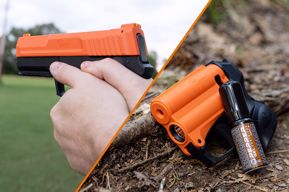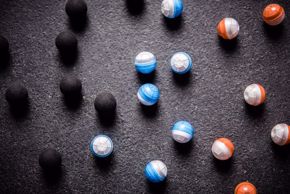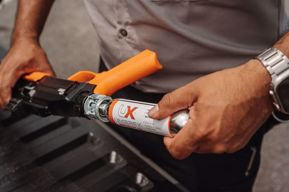Part 4 in P2Ps Blog series where we continue the discussion on preparing for the worst case scenario. No one is coming to your rescue.
The Daily Routine and Who Knows It

In general humans give away far too much information to complete strangers. If you’ve ever traveled by air, you will know exactly what I’m talking about. Just listen and you will hear the people around you telling what companies they work for, about their children and whether or not they are married, why they are traveling– you know, their whole life’s story. There are people who do need to know your routines, but the random strangers in earshot of you in a public space are not on that list.
That being said, your spouse, parents, children, confidantes or consiglieres do need to know your daily routine and deviations from that routine.
More than this, reflection on your daily routine is crucial for optimal security. Your route to work, parking location at work, even your work hours all need to shape your behaviors and awareness. What blindspots, literal and figurative, are there in this daily motion? Can it be made safer in any way? Would it be safer if you were just less distracted by (your phone, your palylist, etc.)?
Are the Castle Walls Strong?

Is it still true that your home is your castle? Given the increase in home invasion robberies and violent attacks in general, it would seem that old adage no longer bears true. How do you go about making your domicile more secure in a meaningful way? Yes, video security systems are all the rage these days, but when you think about it, all they do is document a crime as it’s happening. Between this, and the government giving the OK on wearing a mask in public, the criminal element has no trouble evading recognition even when the camera picks up their image at eye level.
Other steps can ensure that your home or apartment is a harder target. To start with, keep items that a thief is looking for out of sight. Better yet, make your windows hard to get to and hard to see through. Keeping your curtains or shade covering the window when you are not home is a simple way to keep the stuff in your home unknown to a crook. Likewise, when you get a new high-end item, don’t just leave the box it came in sitting on the curb. Break it down and bag it.
Getting back to windows, they should be hard to get to. If you are able to walk directly up to a window on your home. There needs to be something in the way, preferably sharp and irritating. The common holly bush is great for this as well as barberry species create a spiky, uncomfortable barrier between the outside and the translucent thin layer of glass on your home.
The garage is an easy target for both high value items and access to your home. Shortening or otherwise making the emergency release rope hard to grab onto is a good way to prevent the door from being opened easily is a good place to start. Making sure the door into the house from the garage is locked is essential, too. And, once again, keeping a high value item out of sight is crucial for people not knowing what you have. Keep your garage door closed when you aren’t using it!
Strategy, Skills, and Hardware
What else do you need? Like it or not, you need something to protect yourself and your family. Even the most virulent anti-gun public figures themselves own firearms and pay for armed security 24 hours a day. You might not like firearms, but you are also not likely to be able to afford a security detail around the clock. Every self defense tool has its place and application. Owning and intimately knowing how to use whatever method of self defense you prefer or need is essential for securing yourself and your home.
Whether you choose a firearm or less lethal or a combination of the two, you will need to determine that you are able to use them (physically and philosophically), be proficient in their use, and store them in a way that they can be assessinged quickly and are yet inaccessible to children.
Moreover, some self-reflection on your personal skillset is crucial. Do you know first aid? Do you have basic medical supplies. Do you have a trauma kit. Can you seal a sucking chest wound? While most people can apply some basic first aid, the vast majority of us are ignorant when it comes to plugging up big holes or stopping a severe bleed. As G.I. Joe said, “Knowing is half the battle.”



